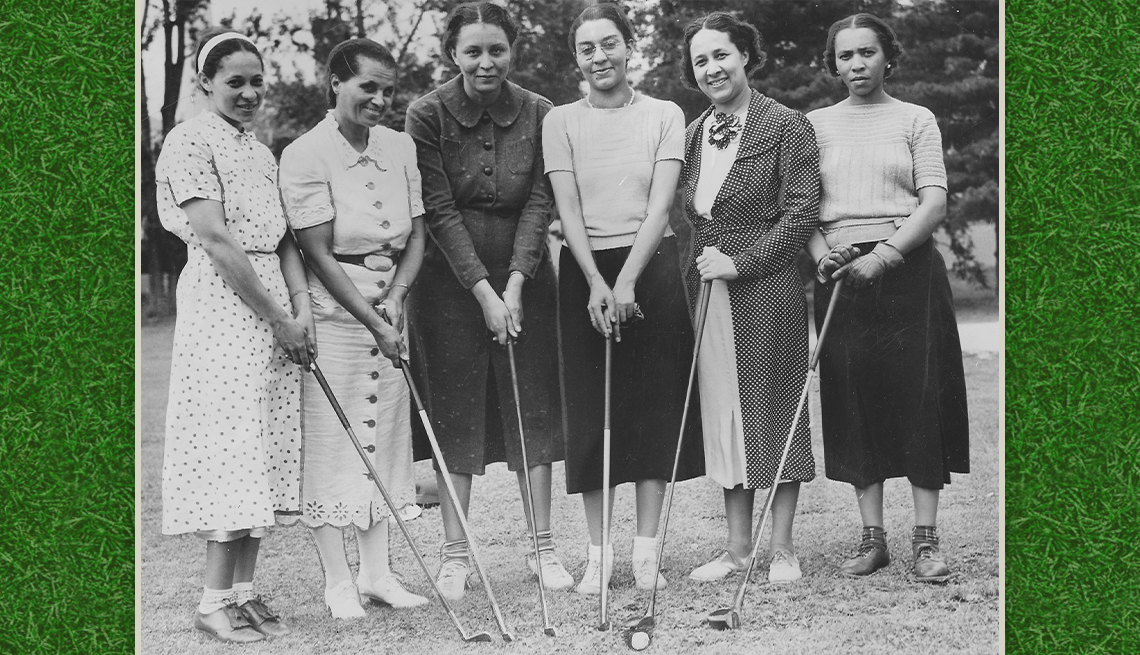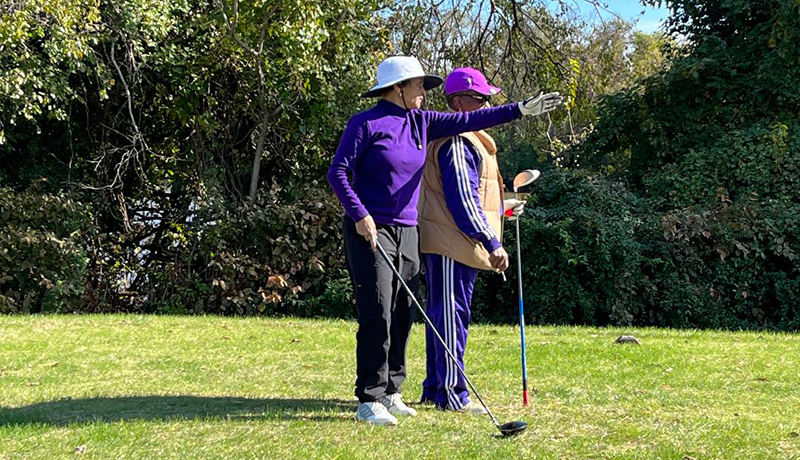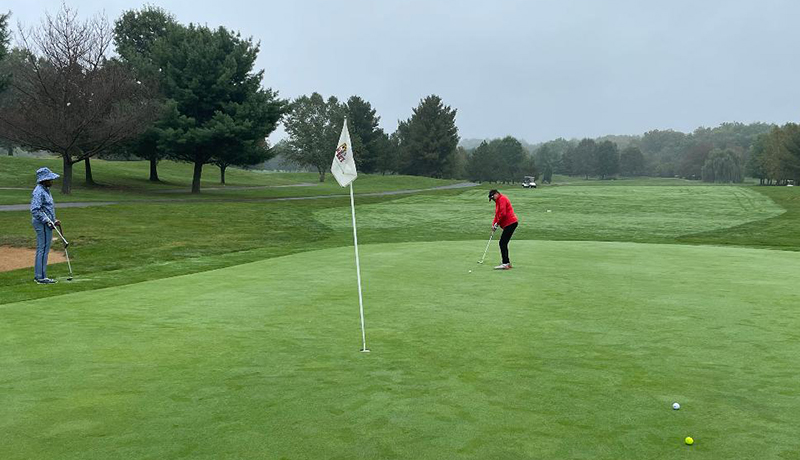Staying Fit
Women who join the Wake-Robin Golf Club are expected to improve more than their golf game. Wake-Robin, the oldest Black women’s golf club in the country, maintains its legacy through members dedicated to stewardship, mentorship and community service.
This year, Wake-Robin will celebrate its 85th anniversary with a jazz brunch and tournament in June. The club was formed in 1937, when Black female golfers weren’t welcome on the links at private or public golf clubs. It gave Black women a voice in the fight to integrate public golf courses and a place to pursue their passion on the greens.


AARP Membership— $12 for your first year when you sign up for Automatic Renewal
Get instant access to members-only products and hundreds of discounts, a free second membership, and a subscription to AARP the Magazine.
But Wake-Robin’s reach now goes beyond gathering talented golfers to hit balls and perfect putts. The club participates in golf clinics for kids, raises funds for food drives, donates to women’s shelters and supports young Black women who want to pursue a career on the links. Despite Tiger Woods’ success, there are fewer Black female professional golfers today than there were in the 1970s. Wake-Robin hopes to change that.
The Washington D.C.-based club was founded by 13 Black women who gathered at the home of Helen Webb Harris, an educator and golf widow, a term applied to women whose husbands spend a lot of time on the links. Many of their husbands played golf during the restricted hours set aside for African Americans on public courses. These men were doctors, lawyers and businessmen, members of the Black bourgeoisie and also members of a club called the Royal Golf Club. The women wanted their own club.
“I just thought it was the stupidest thing that you could do — going around putting a little white ball in a hole. Now it’s the most challenging thing that I have in my life.”
“I’m involved with this group because of the legacy,” says Kimberly Robinson, 56, president of the club, adds. “When these 13 women started Wake-Robin, we had no representation. Their husbands were out playing golf, but [the wives] could not play golf. There wasn’t a course for women, and there wasn’t a course for Black women.”
A place in history
Today, Wake-Robin’s members range in age from 20 to 90, and they share a passion for golf and a commitment to preserving the rich history of the organization, Robinson says.
Wake-Robins, as they are known, meet at clubhouses and the homes of members. They commit to playing in tournaments and supporting charities. They play at different golf courses and travel to tournaments where they go up against other Black female golfers.
But in the 1930s, Black women didn’t have many places to play. Jim Crow laws were in effect, and Black people were excluded from public courses with slim five- to six-hour windows available, once a week. With such limited time for Black men to play, Black women had even less access to courses.



































































